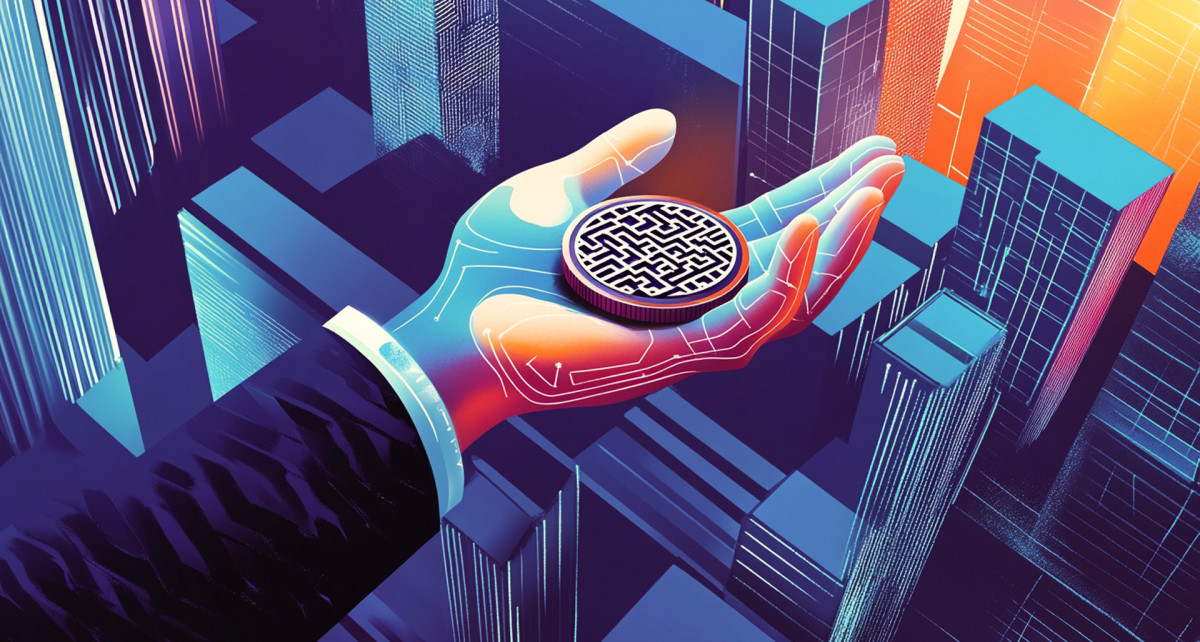The 35-kilogram humanoid robot Unitree G1 made a show of strength by pulling a 1,400-kilogram car. The experiment was conducted by researchers from the Beijing Academy of Artificial Intelligence (BAAI). Researchers from the BAAI trained a humanoid robot to pull a 1,400-kilogram car on a flat surface. In the tests, the G1 model from the Chinese robotics company Unitree was used. The robot, weighing approximately 35 kilograms and standing 132 centimeters tall, managed to attract attention by moving such a large mass.
A show of strength from the Chinese robot

A video of the experiment was shared on BAAI’s official X account, showing the G1 model making an effort to move the car out of a parking space, then adopting a human-like stance and crouching slightly to gain balance. The fact that the robot moved without losing control during this process, thanks to its advanced dynamic balance system, showcased the level achieved by AI-supported power transmission and balance algorithms.
Unitree G1 had previously stood out with its abilities to mimic human movements like walking, jumping, and doing backflips. However, this latest test reveals not only the G1’s agility but also its physical durability.
However, according to experts, this visually impressive performance by G1 is still questionable in terms of real-world practical application. This is because such demonstrations do not fully reflect the real-world use scenarios for humanoid robots in daily life or industrial conditions. Moving a 1.4-ton vehicle on a flat, hard surface does not require as much strength as one might think. This is because the decisive factor in traction is not the weight, but the coefficient of friction between the wheels and the ground. Therefore, humans can also easily pull a similar vehicle with the proper angle and balance. Consequently, while the robot’s demonstration appears technically impressive, it is not considered a true test of high torque or traction power. It is more aimed at showcasing its balance, force transfer, and motion coordination algorithms.
You Might Also Like;
Follow us on TWITTER (X) and be instantly informed about the latest developments…
Copy URL









